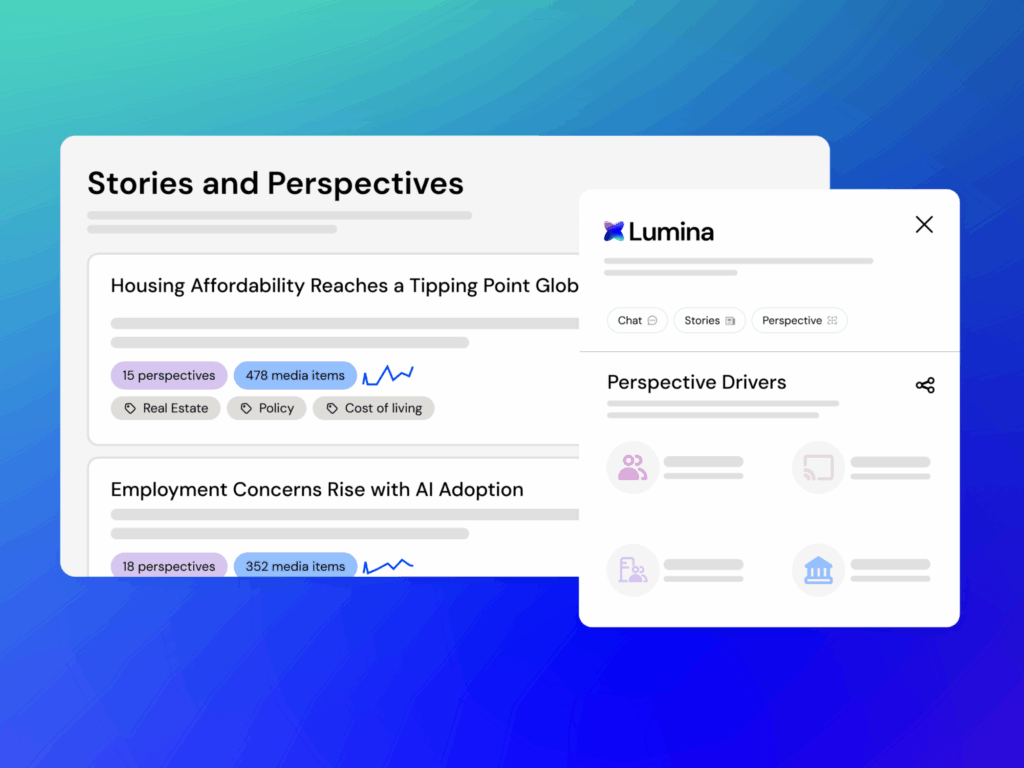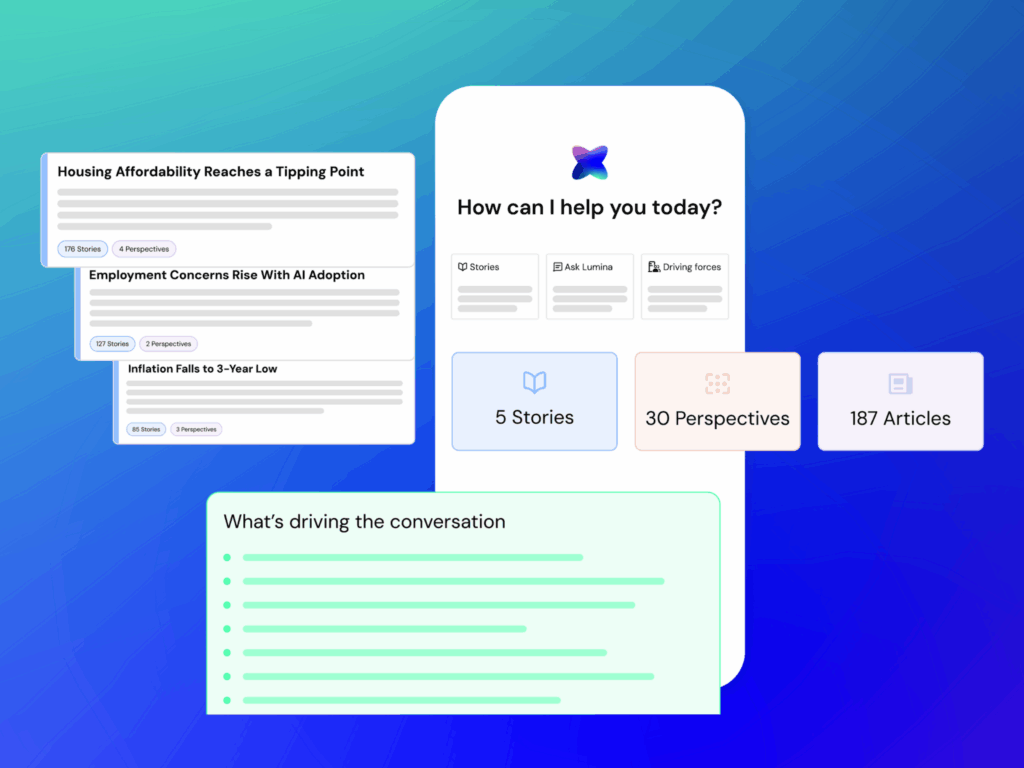Blog
Trial by media – are you Royal Commission ready?
Since October, the media has covered a significant amount of dialogue surrounding the string of scandals set to be uncovered in the upcoming Royal Commission into Aged Care Quality and Safety.
Coverage of the Royal Commission is expected to highlight the failure of aged care institutions and leaders within the sector.
Our Briefing can be tailored to your organisation’s specifications and requirements. Manage your reputation and ensure you are aware of the media generated.
Get a sample briefing of what you could be receiving each day.
This is the “wpengine” admin user that our staff uses to gain access to your admin area to provide support and troubleshooting. It can only be accessed by a button in our secure log that auto generates a password and dumps that password after the staff member has logged in. We have taken extreme measures to ensure that our own user is not going to be misused to harm any of our clients sites.
‘It takes many good deeds to build a good reputation, and only one bad one to lose it’- Benjamin Franklin
Since its announcement in October, the media has covered – and created – a significant amount of dialogue surrounding the string of scandals set to be uncovered in the upcoming Royal Commission into Aged Care Quality and Safety.
Whether it’s the September 2018 Four Corners report nationally scrutinising the stories of those that were victim to improper aged care and health care standards, the coverage on court rulings and prosecutions against carers who have harmed the safety of patients, or the September 2017 article published by the Sydney Morning Herald comparing the reputation of aged care facilities to the human right violating character of Guantanamo Bay, the media has successfully invited fear and distrust in the quality of care aged care services provided across Australia.
Investigations for the Royal Commission are targeted at the entire aged care sector – no aged care facility or governing organisation can be certain how this will affect their reputation, staff, operations or functioning. Being prepared and informed of what media is generated is imperative to stay proactive and primed for how the business could be affected.
So how do you decide if your aged care facility needs to manage your reputation? You need to ask yourself:
Do the Royal Commission’s Terms of Reference cover aspects or issues relevant to my organisation?
• Management systems
• Staffing
• Organisational development
• Instances of abuse, reportable assaults, neglect
• Failures of care
• Theft of belongings
• Hygiene
• Quality of food
• Sanitary conditions
• Restrictions on freedom and movement
Do we want to manage these topics or issues through any of the following?
• Campaign tracking
• Crisis management
• Identifying influencers
• Measuring and analysing success
• Media monitoring
• Reputation management
• Risk management
• Straightforward reporting
Mediaportal gives you access to all relevant media data, ensuring you’re ready to deal with, and proactively plan, communications and PR activities amidst the Royal Commission inquiry.
Covering all top media and relevant regional outlets, our Mediaportal platform ensures you’re informed of the media landscape before you are hit with a crisis.
Visit www.isentia.com/aged-care for more details and to register for a complimentary 5-day trial of our Aged Care Briefing.
Since October, the media has covered a significant amount of dialogue surrounding the string of scandals set to be uncovered in the upcoming Royal Commission into Aged Care Quality and Safety.
The Royal Commission is well underway, and it's imperative for aged care organisations to be aware of the media generated, and how it could affect your business or communications.
Keen to stay on top of it all?
Let our team help!
We can provide you with a comprehensive view of the topics and spokespeople through delivering insights to you and your team. We can aid in decision making and help your organisation manage your reputation.
" ["post_title"]=> string(34) "Snapshot of the aged care industry" ["post_excerpt"]=> string(322) "The Royal Commission into Aged Care has commenced, and the standards within the aged care sector are now under review. Download our information sheet to gain a better understanding of the aged care sector and how our exclusive aged care media briefing service can benefit your organisation throughout the Royal Commission." ["post_status"]=> string(7) "publish" ["comment_status"]=> string(4) "open" ["ping_status"]=> string(4) "open" ["post_password"]=> string(0) "" ["post_name"]=> string(34) "snapshot-of-the-aged-care-industry" ["to_ping"]=> string(0) "" ["pinged"]=> string(0) "" ["post_modified"]=> string(19) "2020-01-23 01:09:56" ["post_modified_gmt"]=> string(19) "2020-01-23 01:09:56" ["post_content_filtered"]=> string(0) "" ["post_parent"]=> int(0) ["guid"]=> string(35) "https://isentia.wpengine.com/?p=622" ["menu_order"]=> int(0) ["post_type"]=> string(4) "post" ["post_mime_type"]=> string(0) "" ["comment_count"]=> string(1) "0" ["filter"]=> string(3) "raw" }The Royal Commission into Aged Care has commenced, and the standards within the aged care sector are now under review. Download our information sheet to gain a better understanding of the aged care sector and how our exclusive aged care media briefing service can benefit your organisation throughout the Royal Commission.
As communications professionals look toward 2026 planning sessions, one question dominates the conversation - How can we use AI in a safe, scalable, and sustainable way?
Behind this question often lies the hope for an "AI easy button"—a one-click solution for complex measurement challenges. However, as discussed in our recent APAC webinar, the real opportunity lies not in automating old metrics, but in architecting a smarter era of measurement.
Hosted by Russ Horell, Isentia’s Chief Revenue Officer for APAC, the session featured deep dives from two industry leaders who've contributed immensely to research and planning: Ngaire Crawford (Director of Insights, ANZ) and Prashant Saxena (VP of Research and Insights, SEA). Together, they unpacked the transition from using insights and converting them into strategic, measurable storytelling.
Here are the key takeaways from the discussion.
If 2024 and 2025 were the years of "playing in the sandbox," 2026 is set to be the year of transparency.
Ngaire Crawford emphasized that while AI is incredible at summarising data and recognising patterns, it does not automatically generate insight. As we integrate these tools, the focus must shift to methodological integrity—understanding the source data, the structure, and the limitations of the models we use.
"Models are really good pattern finders. But they don't necessarily set what good looks like, or understand the consequences of being wrong. And the antidote to that is always going to be good design." – Ngaire Crawford
A major misconception remains that feeding AI endless amounts of data will naturally result in better answers. In reality, without the right framework, more data often just creates more noise.
Prashant Saxena warns against the "sameness" that AI can generate. If everyone uses the same models on the same big data sets without specific objectives, they will get similar, generic answers. The role of the insights professional is evolving from descriptive reporting to strategic storytelling—using judgment to break through the "echo chamber" of AI validation.
The panelists played a game of "keep, kill, create" to determine the future of measurement metrics.
"Authenticity is more upstream, as reputation and trust are more downstream... That's an authentic ritual on a day-to-day basis, which leads to reputation." – Prashant Saxena
Despite the technical buzz surrounding AI, the panel argued that communications professionals hold a distinct advantage. "Prompt engineering" is, at its core, a language and communication skill.
The future doesn't necessarily belong to the most technical users, but to the most articulate—those who can clearly define an outcome, ask the right questions, and deconstruct language to get the best result from a model.
As we move into 2026, the advice from our experts is to not let AI replace your strategic point of view.
By combining the speed of AI with the nuance of human strategy, communicators can finally build the sophisticated measurement systems they have always wanted.
Interested in viewing the whole recording? Watch our webinar here.
Alternatively, contact our team to learn more insights into meaningful measurement, KPIs and communicating using the right dataset.
Our recent webinar explores what the future of measurement in 2026 looks like and what brands must do to scale in this AI era.
The media landscape is accelerating. In an era where influence is ephemeral and every angle demands instant comprehension, PR and communications professionals require more than generic technology—they need intelligence engineered for their specific challenges.
Isentia is proud to introduce Lumina, a groundbreaking suite of intelligent AI tools. Lumina has been trained from the ground up on the complex workflows and realities of modern communications and public affairs. It is explicitly designed to shift professionals from passive media monitoring back into the role of strategic leaders and pacesetters.

“The PR, Comms and Public Affairs sectors have been experimenting with AI, but most tools have not been built with their real challenges in mind.” said Joanna Arnold, CEO of Pulsar Group.
“Lumina is different; it is the first intelligence suite designed around how narratives actually form today, combining human credibility signals with machine-level analysis. It helps teams understand how stories evolve, filter out noise and respond with context and confidence to crises and opportunities.”
Lumina is centered on empowering, not replacing, the human element of communications strategy. This suite is purpose-built to help PR, Comms, and Public Affairs professionals significantly improve productivity, enhance message clarity, and facilitate early risk detection.
Lumina enables communicators to:
We are launching the Lumina suite by making our first module immediately available: Stories & Perspectives.

In the current fragmented, multi-channel media environment, communications professionals need to be able to instantly perceive not just how a story is growing, but also how it is being perceived across different stakeholder groups.
Stories & Perspectives organizes raw media mentions into clustered, cohesive Stories, and the Perspectives that exist within each, reflecting distinct media, audience, and public affairs angles. This unique functionality allows users to:
"Media isn’t a stream of mentions," said Kyle Lindsay, Head of Product at Pulsar Group. "But rather a living system of stories shaped by competing perspectives. When you can see those structures clearly, you gain the ability to understand issues as they form, anticipate how they’ll evolve, and act with precision. That’s what we mean when we talk about AI built for communicators, and that's what an off-the-shelf LLM can't give you."
The launch of Stories & Perspectives is the first release of many. Over the upcoming months, we will systematically roll out the full Lumina roadmap, introducing a comprehensive set of AI tools engineered to handle every phase of the communications lifecycle.
The full Lumina suite will soon incorporate:
Want to harness the power of Lumina AI for your PR, Comms, or Public Affairs team? .
Complete the form below to register your interest.
Get in touch or request a demo.